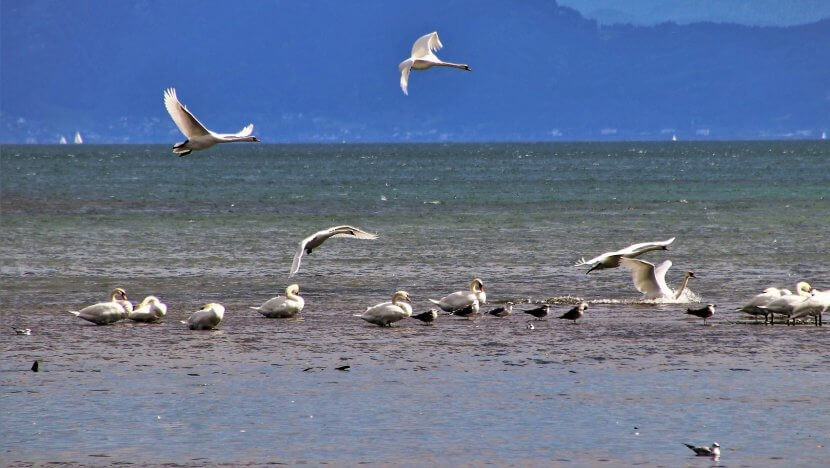Water bodies are a powerful factor in attracting birds to a site. This can be a problem for facilities such as airports and wind farms, where birds might be a danger, be in danger, or simply present a nuisance, making proper bird control essential.
Ponds, lakes, water-filled pits from past earthworks, and even drainage ditches can be appealing to birds, both to waterfowl and other species that may see water as a source of food or a place to bathe. Unfortunately, even water bodies on adjacent sites, by drawing birds to the area, can result in increased bird activity within the site. However, there are steps that you can take to minimise the problems that this can cause.
Minimise the Attraction
Various methods can be used to make water bodies less attractive to birds, especially if these are located within the site itself. Sticking to small ornamental water features, for example, will avoid bringing in birds in significant numbers.
Larger water bodies should be at least four meters deep, and the banks should be as steep as possible to make them unsuitable for roosting, nesting or bathing. The banks should be kept free from vegetation or, failing this, be deliberately populated with plants which provide little or no attraction to birds. Fruit-bearing plants, in particular, should be avoided.
Do not stock water bodies with fish, as these represent a food source and therefore an attractant for many species of birds. If the public has access to the waterbodies or their immediate surroundings, it may also be wise to put up signs which prohibit feeding the birds, so visiting birds are not encouraged to return expecting food.
Monitor and Disperse
It is not always possible to make a body of water completely unappealing to birds, and if the water is on a nearby site that is not under your control your options may be very limited unless the landowner is open to cooperation. It is therefore vital to stay well aware of bird activity so that this can inform mitigation and dispersal efforts. Indeed, many sites such as airports may be obliged to monitor activity both on- and off-site and keep suitable records.
Regular human observations will keep you abreast of the situation and proper record-keeping will allow for ongoing monitoring and analysis. For airports, this process is not merely advisable but a requirement, both within the aerodrome and for a surrounding area of up to 13km, depending on circumstances and jurisdiction.
The intelligence gathered can then be translated into effective action. Even after taking steps to minimise the attraction, knowing where and when birds are found feeds into the deployment of active deterrents. Frequent observation, meanwhile, allows operatives to focus their efforts on key areas and take measures to disperse birds as and when they are found in places they shouldn’t be.
Scarecrow Bird Control Systems
Scarecrow Group Ltd produces world-leading bio-acoustic solutions for humane bird control. Using birds’ own distress calls, our systems tell birds that an area is dangerous, encouraging them to avoid the area without causing unnecessary harm. We offer both hands-off, automated installations, and tools for mobile patrols to disperse birds on the fly during patrols and observations.
In particular, our B.I.R.D Tab™ system is designed to be a complete solution for airports. Built around international best-practice guidelines and highly customisable, this vehicle-mounted system covers both active bird control and detailed record-keeping with minimal effort from the end user. Our O.A.R software, meanwhile, provides identification aids and record-keeping functionality for the necessary observation of surrounding sites. Using B.I.R.D Tab™, users can set custom reporting areas and groups within the wider site, so you can define where the water bodies are and conduct detailed analysis of those areas specifically, either in isolation or as a group.
To find out more about Scarecrow and our superb products and systems, all you have to do is get in touch. Call 01825 766 363 or write to the team via our Contact page.


